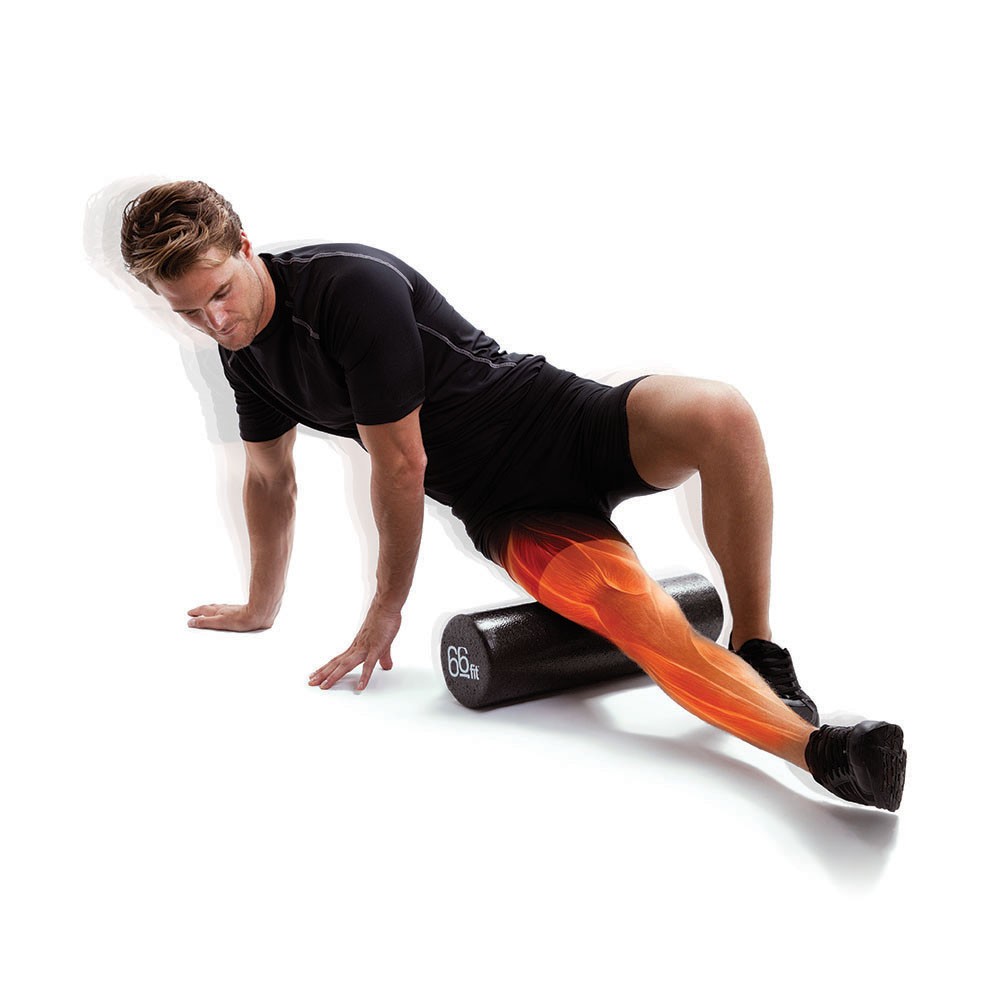Nasal Breathing Benefits for Exercise Recovery
Nasal breathing, the practice of inhaling and exhaling through the nose rather than the mouth, is gaining attention for its wide-ranging benefits, particularly in the realm of exercise recovery. By focusing on nasal breathing, athletes and fitness enthusiasts can enhance their recovery processes, leading to improved performance and overall well-being. Here, we explore the key benefits of nasal breathing for exercise recovery and why this simple technique should be a staple in any fitness regimen.
Enhanced Oxygen Delivery
One of the primary benefits of nasal breathing is its ability to improve oxygen delivery to the muscles. The nasal passages filter, warm, and humidify the air, ensuring that the oxygen entering the lungs is optimal for absorption. This increased efficiency in oxygen delivery supports faster recovery by helping to replenish the muscles more effectively after intense workouts. Enhanced oxygenation also reduces the buildup of lactic acid, a common cause of muscle fatigue and soreness.
Improved CO2 Tolerance
Nasal breathing promotes better carbon dioxide (CO2) tolerance, which is crucial for maintaining the body’s pH balance and ensuring effective oxygen release to the tissues. Higher CO2 levels in the blood stimulate the release of oxygen from hemoglobin, a process known as the Bohr effect. By training the body to tolerate higher levels of CO2 through nasal breathing, athletes can improve their endurance and recovery, as their muscles receive a more consistent supply of oxygen during and after exercise.
Activation of the Parasympathetic Nervous System
Exercise activates the sympathetic nervous system, commonly known as the “fight or flight” response. For recovery, however, the parasympathetic nervous system (PNS) needs to take over. This “rest and digest” state is crucial for muscle repair, recovery, and overall relaxation. Nasal breathing stimulates the PNS more effectively than mouth breathing, promoting a state of calm and facilitating the body’s natural recovery processes.
Enhanced Nitric Oxide Production
Nasal breathing increases the production of nitric oxide (NO), a vital molecule that plays a significant role in vascular health. NO helps to dilate blood vessels, improving blood flow and oxygen delivery to the muscles. This enhanced circulation speeds up the removal of metabolic waste products from muscle tissues, reducing soreness and promoting faster recovery. Additionally, increased NO levels can support cardiovascular health, further benefiting overall athletic performance and recovery.
Reduction in Respiratory Rate
Breathing through the nose encourages a slower, more controlled breathing pattern. This reduction in respiratory rate allows the body to maintain a more relaxed state, even during intense physical exertion. Slower breathing rates can lead to lower heart rates and reduced stress levels, both of which are beneficial for recovery. A calm and controlled breathing pattern helps the body to efficiently manage energy resources, aiding in quicker and more effective recovery post-exercise.
Improved Sleep Quality
Recovery is not only about what happens immediately after exercise but also involves the quality of rest and sleep. Nasal breathing can significantly improve sleep quality by ensuring optimal oxygen levels and reducing instances of sleep apnea and snoring. Quality sleep is essential for muscle repair and overall recovery, making nasal breathing a critical component of a comprehensive recovery strategy.
Integrating Nasal Breathing into Your Routine
To fully reap the benefits of nasal breathing for exercise recovery, it’s essential to integrate this practice into your daily routine. Start by focusing on nasal breathing during low-intensity exercises such as walking or yoga. Gradually incorporate nasal breathing into higher-intensity workouts, allowing your body to adapt to the increased CO2 levels. Consistent practice will lead to improved breathing efficiency and better recovery outcomes.
Why Nasal Breathing is Preferred
Nasal breathing offers a multitude of benefits for exercise recovery, from enhanced oxygen delivery and improved CO2 tolerance to the activation of the parasympathetic nervous system and increased nitric oxide production. By adopting nasal breathing techniques, athletes and fitness enthusiasts can optimize their recovery processes, leading to better performance and overall health. Embrace the power of nasal breathing and transform your approach to exercise recovery for lasting results.
Find more benefits of Nasal Breathing for Optimal Health.
Align Movement with Nasal Breathing for Optimal Health Benefits.



